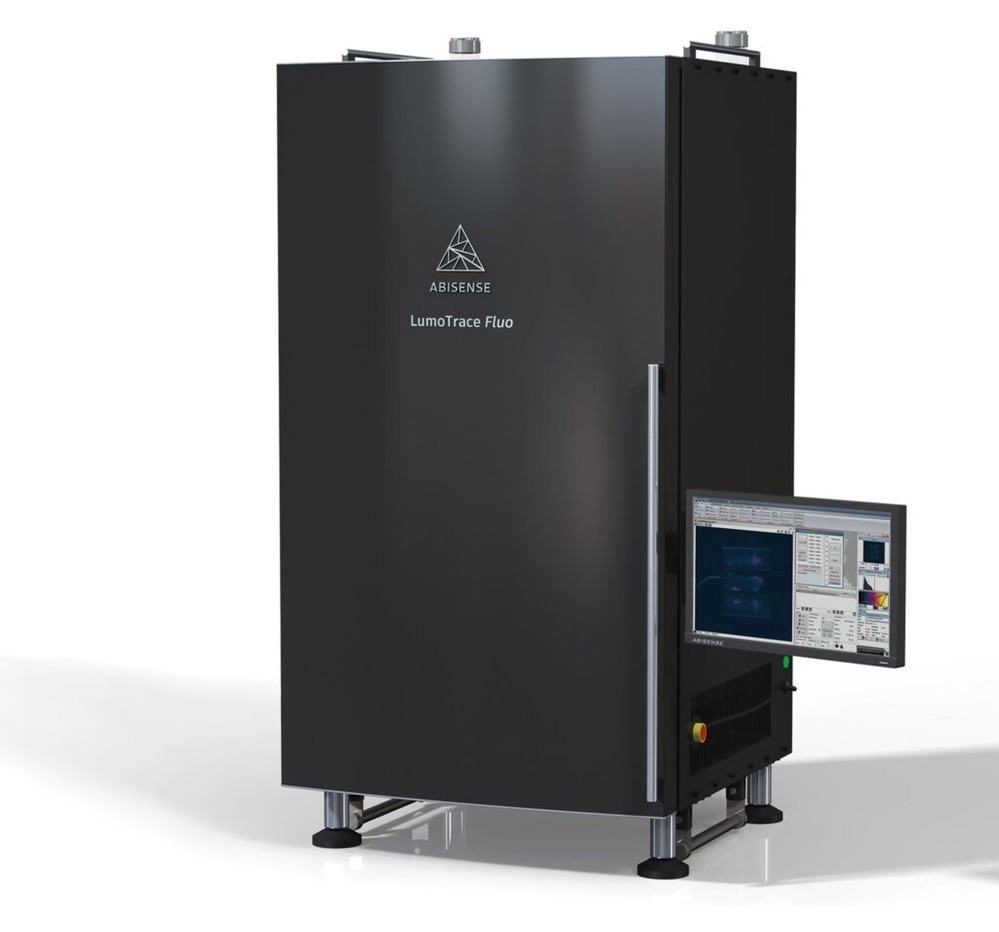Catalog
Search
619 products
View:
- Selected: 1Areas of use
- Selected: 0Item names
- Selected: 0Manufacturer
- Selected: 0Made in
- Selected: 0Additional
View:
619 products
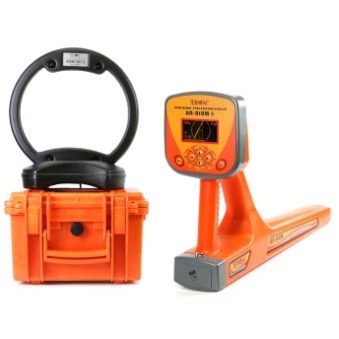
Trace Searcher Success AG-309.15M (frost-resistant)
from
186 990 ₽
The trace searching kit is designed to accurately determine the location and depth of underground utilities (power and signal cable lines, reinforced fiber-optic lines, pipelines made of electrically conductive materials), troubleshooting cable lines, and also allows you to conduct a survey of the area in the shortest possible time and with great reliability before excavation and to prevent damage to engineering communications.
As part of the kit, the receiver is in the form of a monoblock with a frost-resistant LCD display, which displays an image of the route and automatically calculates the depth of the communication up to 10 m, as well as the current in the line.
Compact stand-alone generator with display and built-in induction antenna.
The output power of the generator is up to 20 watts and the range of operation is up to 3 km.
TEKHNO-AS
Kolomna
Produced in: Kolomna, Moscow region
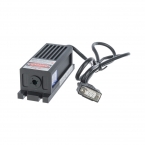
Green DPSS Laser 505 nm KLM-505-x
DPSS lasers of the KLM-505/x series are optimal sources of coherent radiation for the construction of control and automation systems, alignment and marking devices, for scientific and medical purposes
FTI-Optronik
Saint Petersburg
Produced in: Saint Petersburg
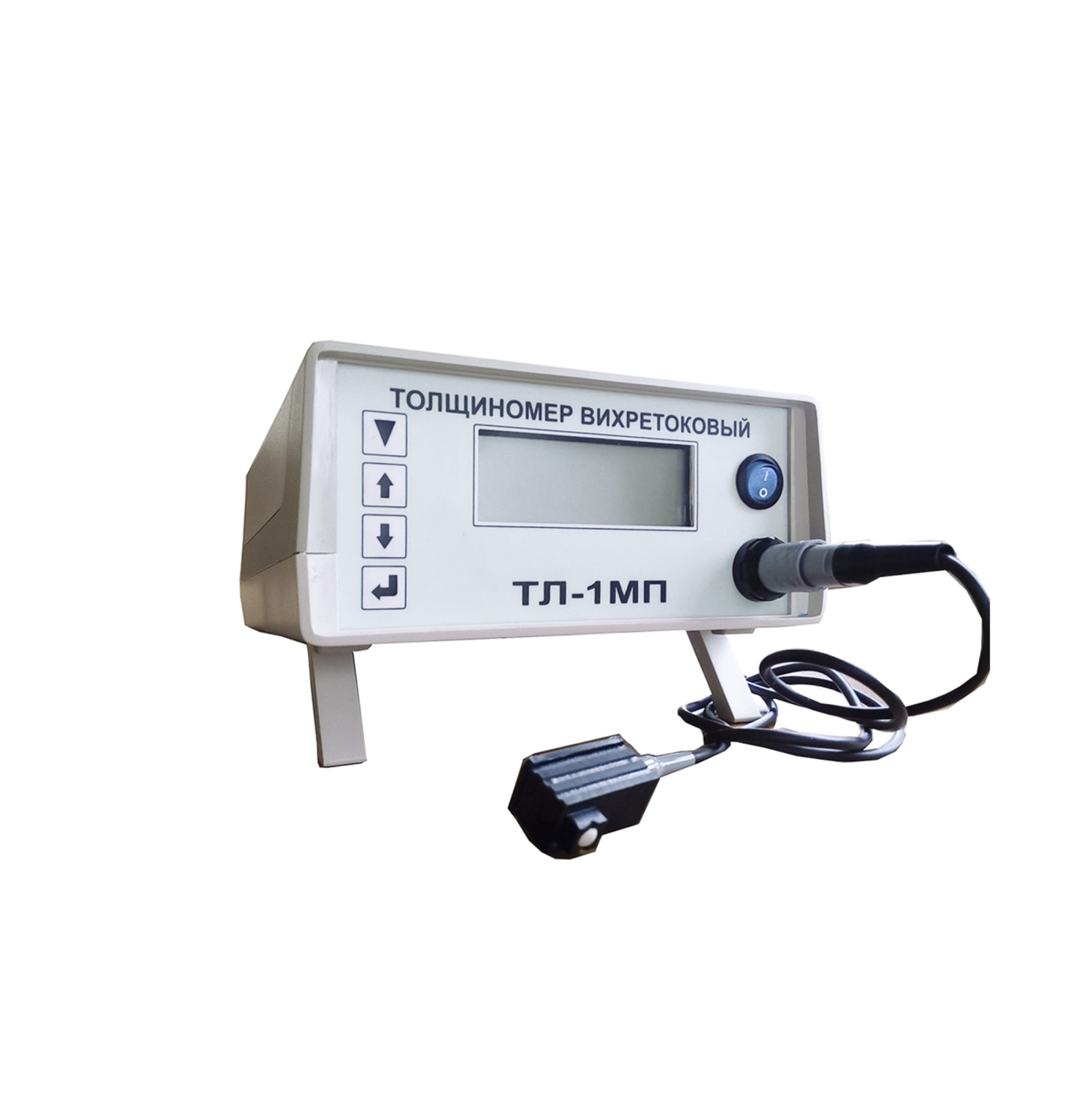
TL-1MP Eddy Current Thickness Gauge
from
1 110 000 ₽
The principle of operation of the electroplating thickness gauge:
A converter with an induction coil on a ferrite core generates a high-frequency signal (frequency 1 MHz), which is used to create an alternating magnetic field. As the converter approaches the conductive surface, an alternating magnetic field creates eddy currents, the magnitude of which depends on the characteristics of the metal base and the thickness of the coating. In turn, eddy currents create their own electromagnetic field, which can be received by an induction coil. The resulting signal enters the amplitude detector, after which it is transmitted to the processing unit, where it is digitized and displayed on the device readout. In addition to signal conversion, the processor is used to set the required gain, as well as the initial voltage offset, depending on the characteristics of the materials in the controlled object.
Features of the device design and advantages of the measurement method
The TL-1MP eddy current thickness gauge consists of an electronic unit with a display, a power supply and a converter. The device is controlled using four buttons located on the front panel of the electronic unit. The converter can be disconnected from the electronic unit during transportation or for convenience of storage. The advantages of the device include:
- convenience and ease of operation;
- small size and light weight, allowing the TL-1MP to be used in difficult conditions with limited access to the controlled area of the facility;
- high measurement accuracy;
- factory setting of the measuring instrument to the customer's requirements;
- high degree of localization of defects due to the small size of the converter.
Scope of application:
The service life of metal parts and components of mechanisms used in mechanical engineering is largely determined by their resistance to corrosion and surface wear. However, not all metals are sufficiently resistant to external destructive influences. Therefore, various electroplating coatings made of zinc, nickel, chromium, cadmium, tin, copper, silver and other metals are used to protect them. Even small fluctuations in the thickness of protective coatings can significantly affect the performance characteristics of parts, their service life, and interaction with other components. Therefore, measuring the thickness of the metal coating applied by the electrochemical method is important when conducting quality control of products. The use of the TL-1MP eddy current thickness gauge allows non-destructive quality control of electroplating coatings on the surface of metal parts in mass production conditions with special requirements for product quality. The device detects even small mechanical defects, the effects of abrasion, erosion, corrosion on the surface. Due to its ease of use, efficiency and reliability, eddy current thickness measurement is a standard method of quality control of products with electroplated coatings in such industries as mechanical engineering, aerospace industry.
RII MNPO SPEKTR
Moscow
Produced in: Moscow
AF011B Microassembly
A high-speed signal limiter amplifier.
Designed for use in electronic counting frequency meters.
Description:
The magnitude of the input signals for selecting the switch input and inverting the signal of the limiter amplifier at a supply voltage of ± 5 V:
- logical "0"
not more than 0.2 V;
- logical "1"
at least 4.8 V.
The value of the input signals of switching on / off the switch at a supply voltage of ± 5 V:
- logical "0"
no more than 3.3 V;
- logical "1"
at least 4.1 V.
The magnitude of the output signals of the switch at a supply voltage of ± 5 V and a load of 300 ohms connected to zero potential:
- logical "0"
from 3.1 V to 3.4 V;
- logical "1"
from 4.0 V to 4.3 V.
The minimum input voltage of the sinusoidal shape in the frequency range from 10 Hz to 200 MHz should be no more than 30 mV.
The maximum input voltage of the sinusoidal shape in the frequency range from 10 Hz to 200 MHz must be at least 1 V.
The value of the supply voltage:
- positive
5±0.2 V;
- negative
-5±0.2 V.
The current consumption should be no more than:
- from a positive power source
110 mA;
- from a negative power supply
35 mA.
MNIPI
Minsk
Produced in: Belarus, Minsk

DOSIMETRIC INSTALLATION OF GAMMA RADIATION UDG‑AT110
Irradiator with a typical collimator
Rotary drum magazine sources in tungsten and lead protection
Software control of the movement of sources and positioning of the mobile platform
An alarm and blocking system, radiation monitoring system to ensure the safety of the installation
Control from the operator panel or computer with verification automation functions
Atomtekh
Minsk
Produced in: Belarus, Minsk
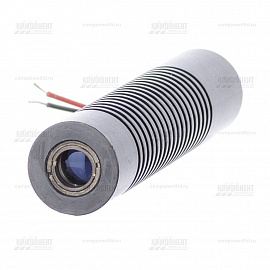
Green Laser Module KLM-A532-5-5 532nm 5mW dot
from
13 184 ₽
KLM-A532-5-5 laser modules are optimal sources of coherent radiation for the construction of control and automation systems, alignment and marking devices, for scientific and medical purposes.
FTI-Optronik
Saint Petersburg
Produced in: Saint Petersburg
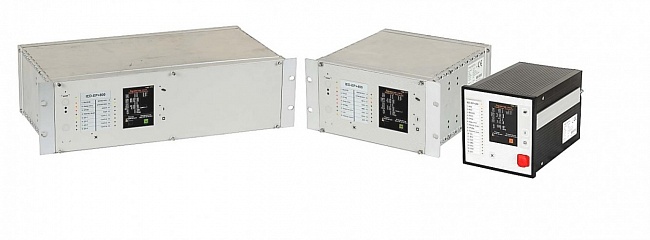
RELAY PROTECTION UNITS FOR DIGITAL SUBSTATION OF THE IED-EP+ SERIES
A series of modern intelligent relay protection, automation and alarm units PARMA IED-EP+ is designed for use in networks with a voltage from 6 to 750 kV
PARMA
Saint Petersburg
Produced in: Saint Petersburg
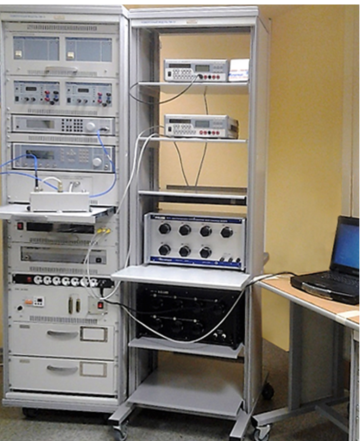
Verification module PM-10
The composition of the PM-10 verification module:
Wattmeter of passing power M2-35;
Complex transmission and reflection coefficients meter "OBZOR-804/1";
Universal voltmeter V7-81 (2 pcs.);
High-frequency signal generator G4-229;
High-frequency signal generator G4-230;
DC power supply B5-79/1 (2 pcs.);
AC power source B2-7 (2 pcs.);
The measure of DC electrical resistance is multi-valued MS3070-3, CT 0.005;
The measure of DC electrical resistance is multi-valued MS3055, CT 0.02;
Single-digit electrical resistance measures MS3080 (0.1; 1 ohm, CT 0.005);
Thermoelectric voltage converter 0.5 V;
Kit for measuring coaxial connectors KISK-7M;
PC, printer;
Basic load-bearing structures (BNC).
Technical specifications
Measuring ranges of electrical and radio engineering quantities:
Operating frequency range from 0.03 to 17.85 GHz
Passing microwave power from 0.01 to 10 MW
VSWR of the microwave tract from 1.05 to 3
Constant electrical voltage from 10 MV to 1000 V
Alternating electric voltage from 1 mV to 750 V
Thermoelectric voltage comparison from 0.1 to 0.5 V
Ranges of reproduction of electrical quantities:
Constant electrical voltage from 1 to 120 V
Resistance to direct electric current from 0.01 to 122222.21 ohms
Measurement errors of electrical and radio engineering quantities:
Passing microwave power ± (1.5 - 2.3) %
VSWR of the microwave path ± (4,15 – 10) %
Constant electrical voltage ± (0.003 – 20) %
Alternating electric voltage ± (0.09 - 15) %
Thermoelectric voltage comparison ± (0.01 – 0.1) %
Errors in the reproduction of electrical quantities:
Constant electrical voltage ± (100 – 200) mV
Resistance to direct electric current CT 0.005; 0.02
General technical characteristics:
The area occupied by the module is 4 – 8 m2
Weight, not more than 340 kg
Power supply voltage from 198 to 242 V with a frequency of (50 ± 0.5) Hz
Power consumption, not more than 2000 VA
TEKHNOYAKS
Moscow
Produced in: Moscow
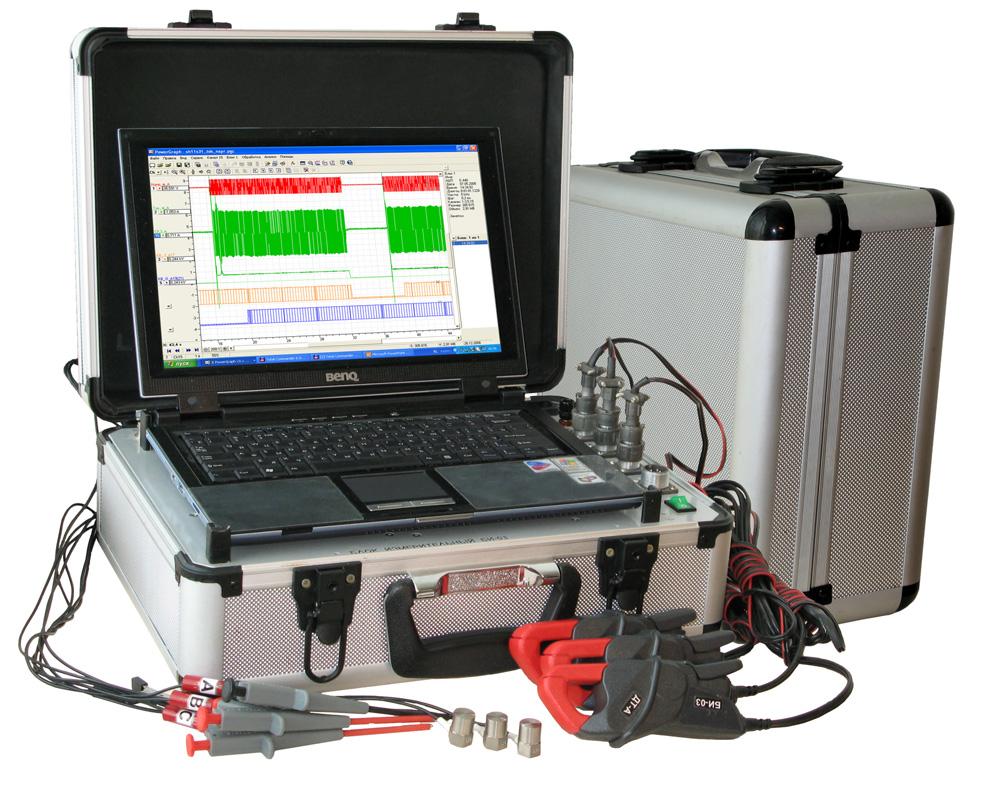
Measuring and diagnostic complex PKSOD-M
The proposed measuring and diagnostic complex is designed to:
- provide monitoring of the technical condition of electric drive valves of nuclear power plants;
– detection and identification of malfunctions of components and equipment of electric drive valves at an early stage of their occurrence;
– issuance of measurement results and diagnostics of electric drive valves to the operational personnel of the station.
Department of Analytical Instrumentation SFU
Ростов-на-Дону
Produced in: Rostov-on-Don
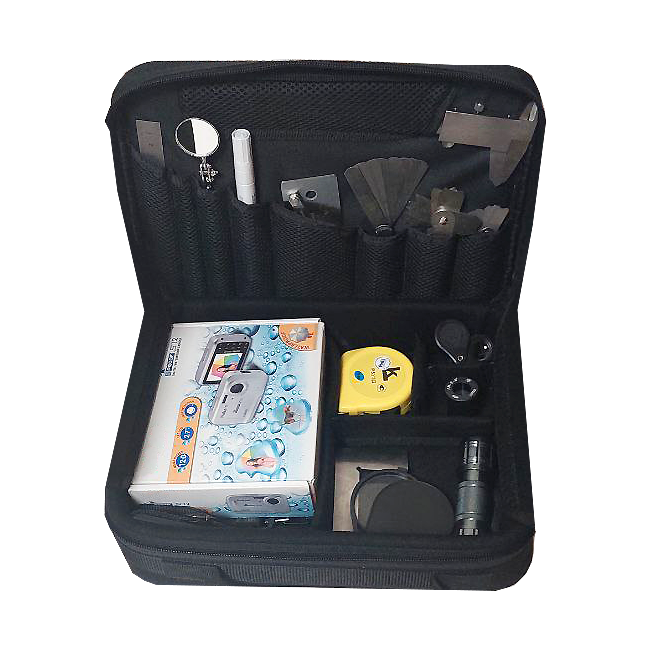
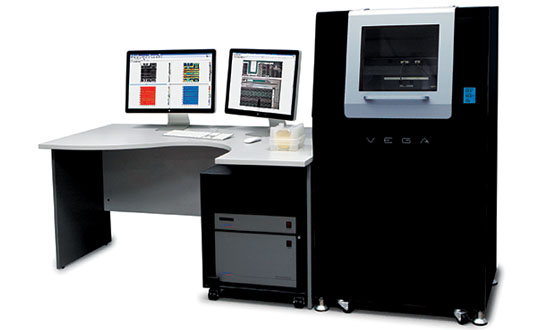
VEGA
The ultimate display quality is ensured by the use of built-in acoustic and vibration isolation, thermal stabilization, the industry's best sensitivity of the optical recording system and the unique design of the scanning probe system, which allows achieving atomic resolution in routine measurements.
In the basic configuration, 50+ AFM techniques are available, including the HybriD method, which allows conducting all cutting-edge nanomechanical, electrical and magnetic studies.
Intelligent ScanTronic™ algorithm for one-click optimization of scanning parameters, which allows for perfect relief measurements using the amplitude-modulation method, regardless of the operator's experience.
Automated examination of multiple samples using a simple user interface to create a point-by-point scanning scenario and a database for stored received images.
Control of samples with dimensions up to 200×200 mm and thickness up to 40 mm at any point of the surface with a positioning accuracy of 1 micron.
Wide customization possibilities: installation of additional optical equipment, development of specialized sample holders, combination with a transport system, automation of measurements and data analysis in accordance with customer requirements.
NT-MDT Spectrum Instruments
Zelenograd
Produced in: Moscow, Zelenograd
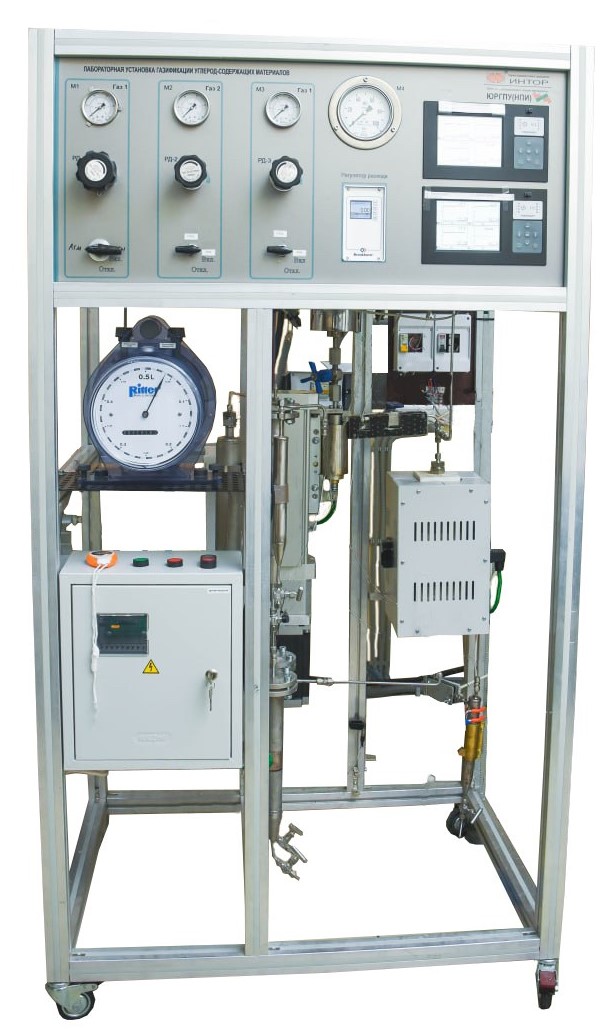
Laboratory hydrocracking/gasification unit
The laboratory unit is designed to study the catalytic and thermal processes of processing heavy petroleum raw materials.
The installation allows you to explore the following processes:
1. Hydrocracking
2. Thermal cracking
3. Gasification of water dispersions of coal, biomass, heavy oil residues.
The high-pressure liquid pump operates at temperatures up to 200°C, which makes it possible to supply high-viscosity components (fuel oil, tar, paraffin, ceresin, etc.) to the reactor.
The laboratory unit is manufactured in accordance with the technical requirements of customers so as to correspond to a wide range of technological parameters. The modular configuration of the unit allows you to change or upgrade it at any time for new tasks.
Main advantages:
1. The possibility of developing and supplying a reactor to meet customer requirements;
2. A wide range of accessories for the supply of liquids/solids;
3. Visual process control;
4. A system of control and regulation of technological parameters;
5. Convenience of loading and unloading of raw materials and reaction products;
6. The possibility of conducting long-term tests in continuous mode;
7. The possibility of upgrading the structure for new purposes;
8. Control and accurate reproduction.
YURGPU(NPI) FGBOU VO "YURGPU(NPI) IMENI M.I.PLATOVA"
Novocherkassk
Produced in: Rostov region, Novocherkassk
